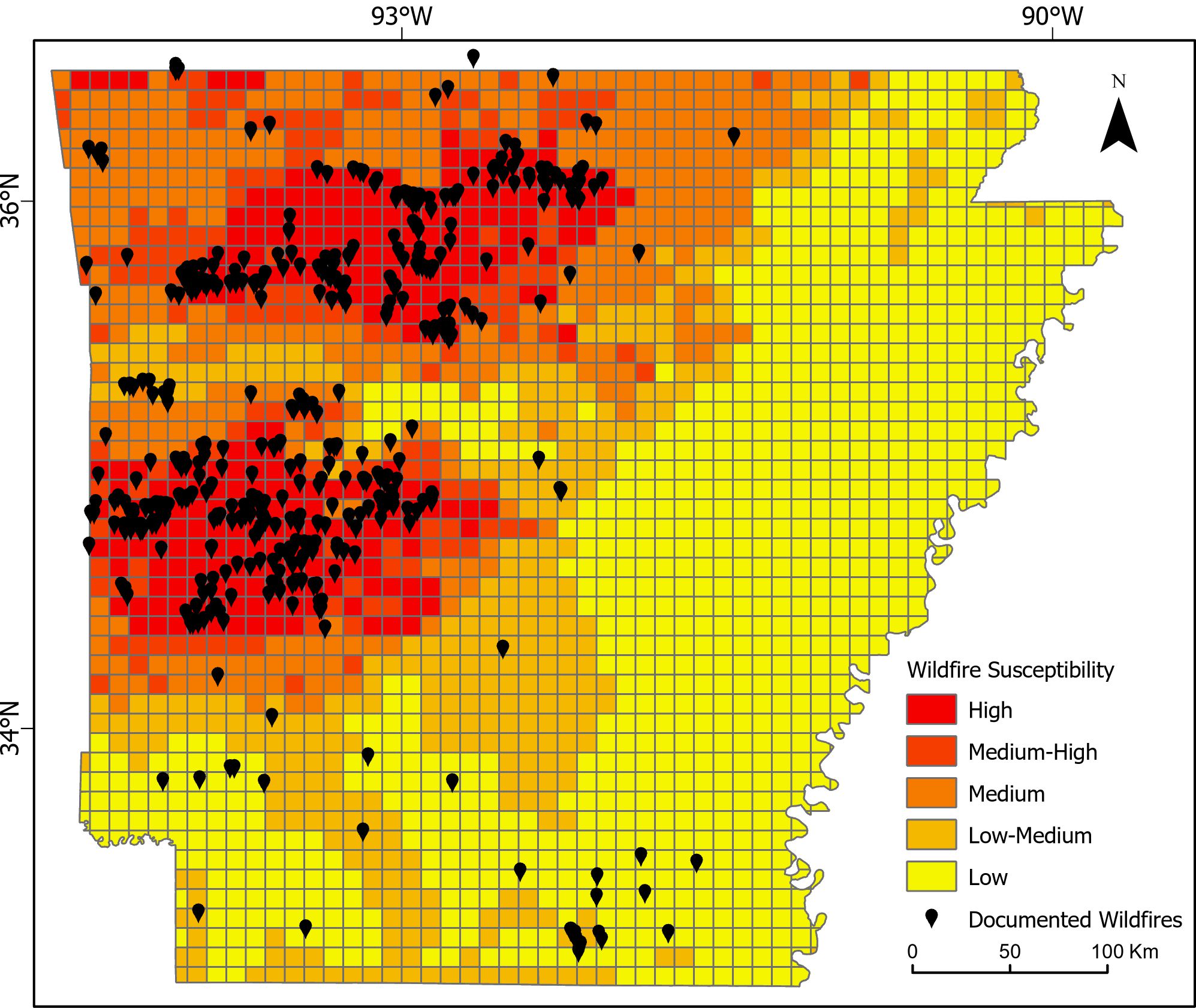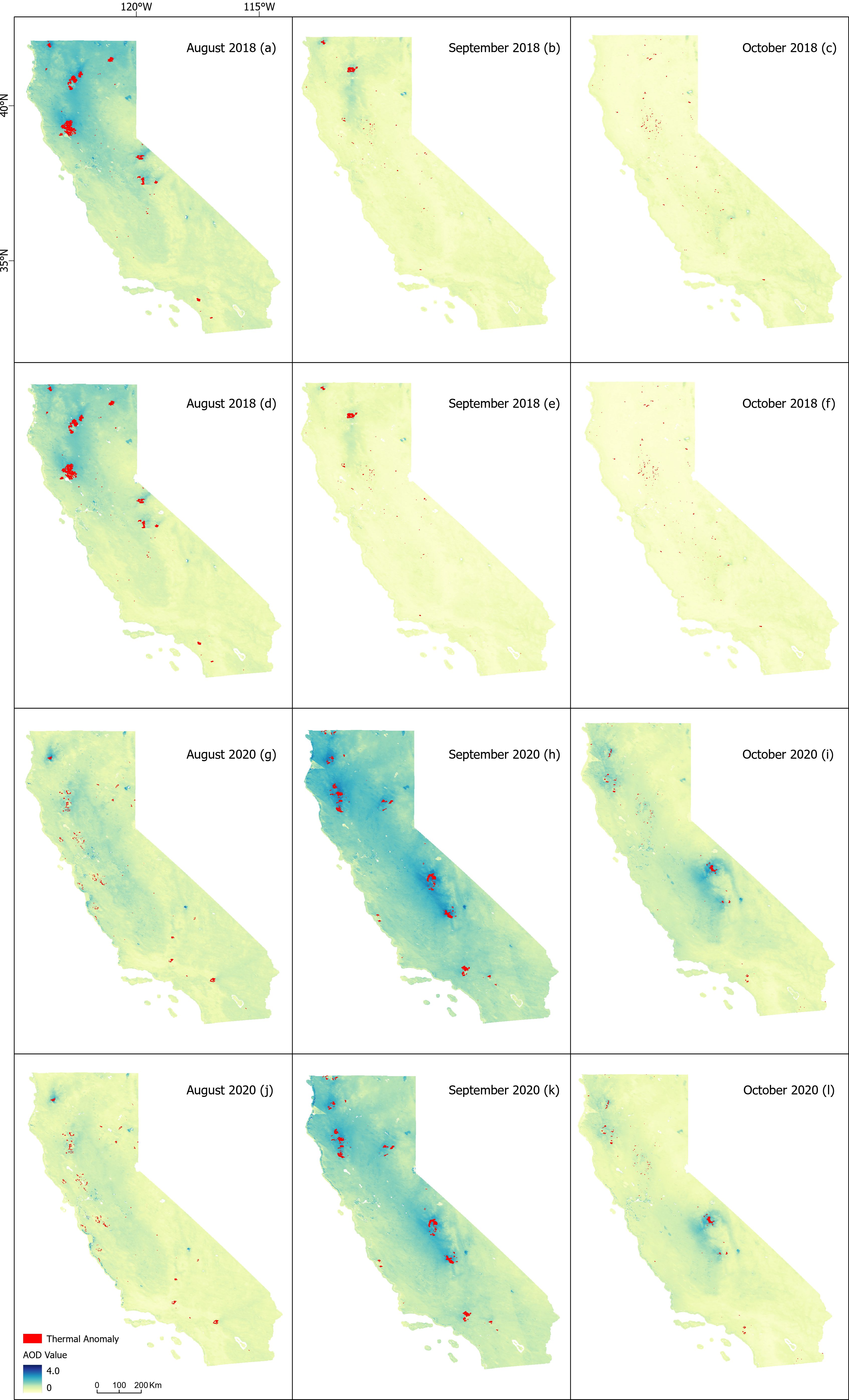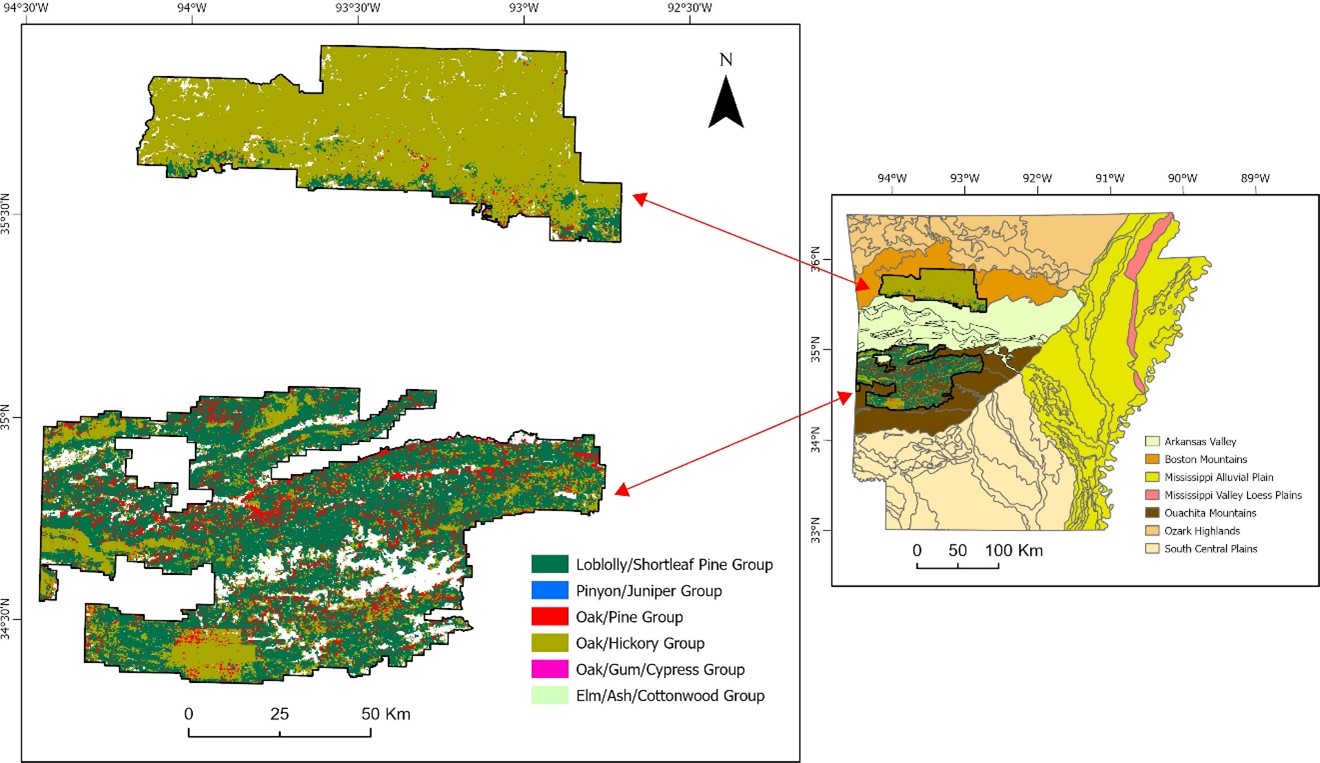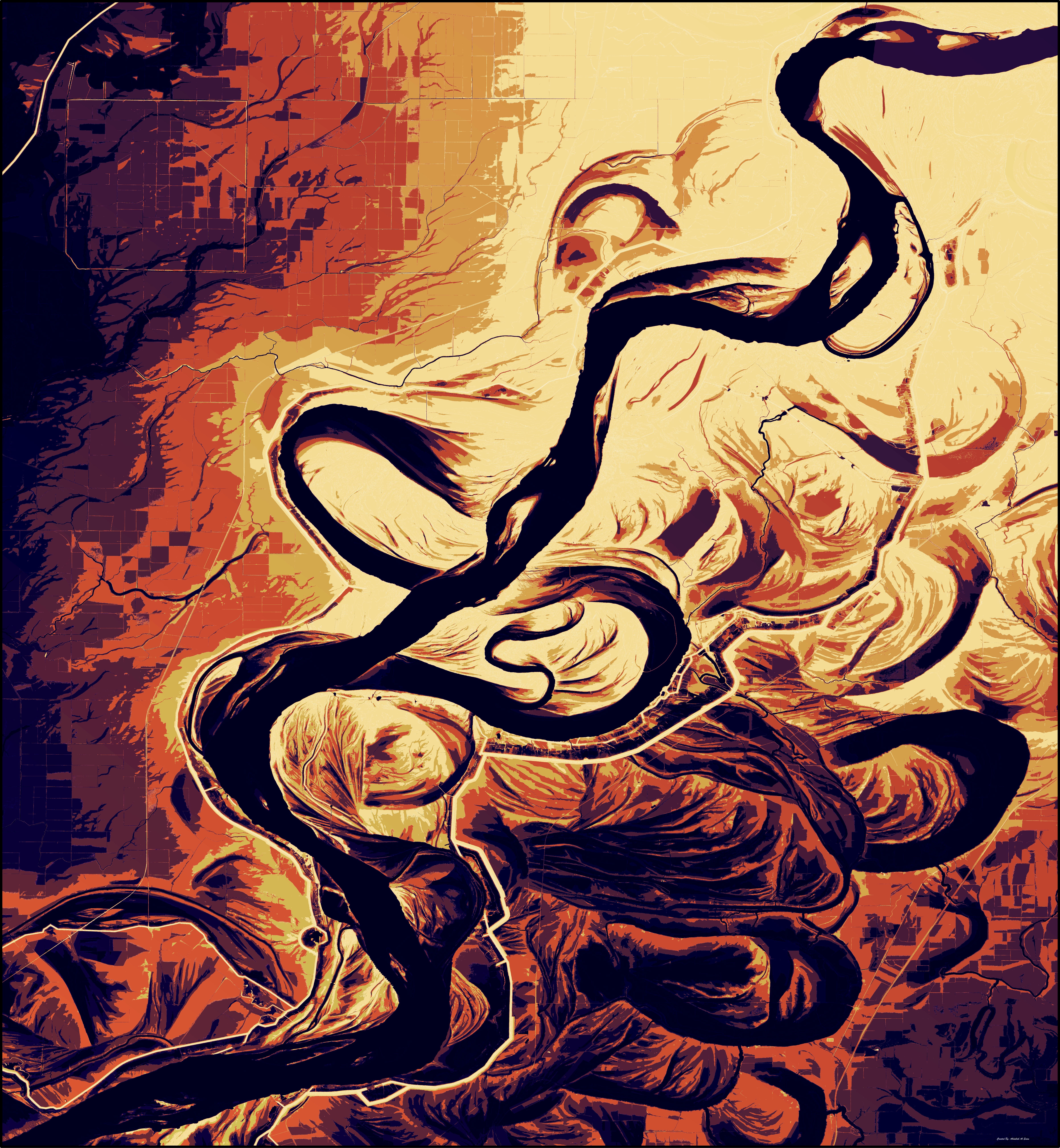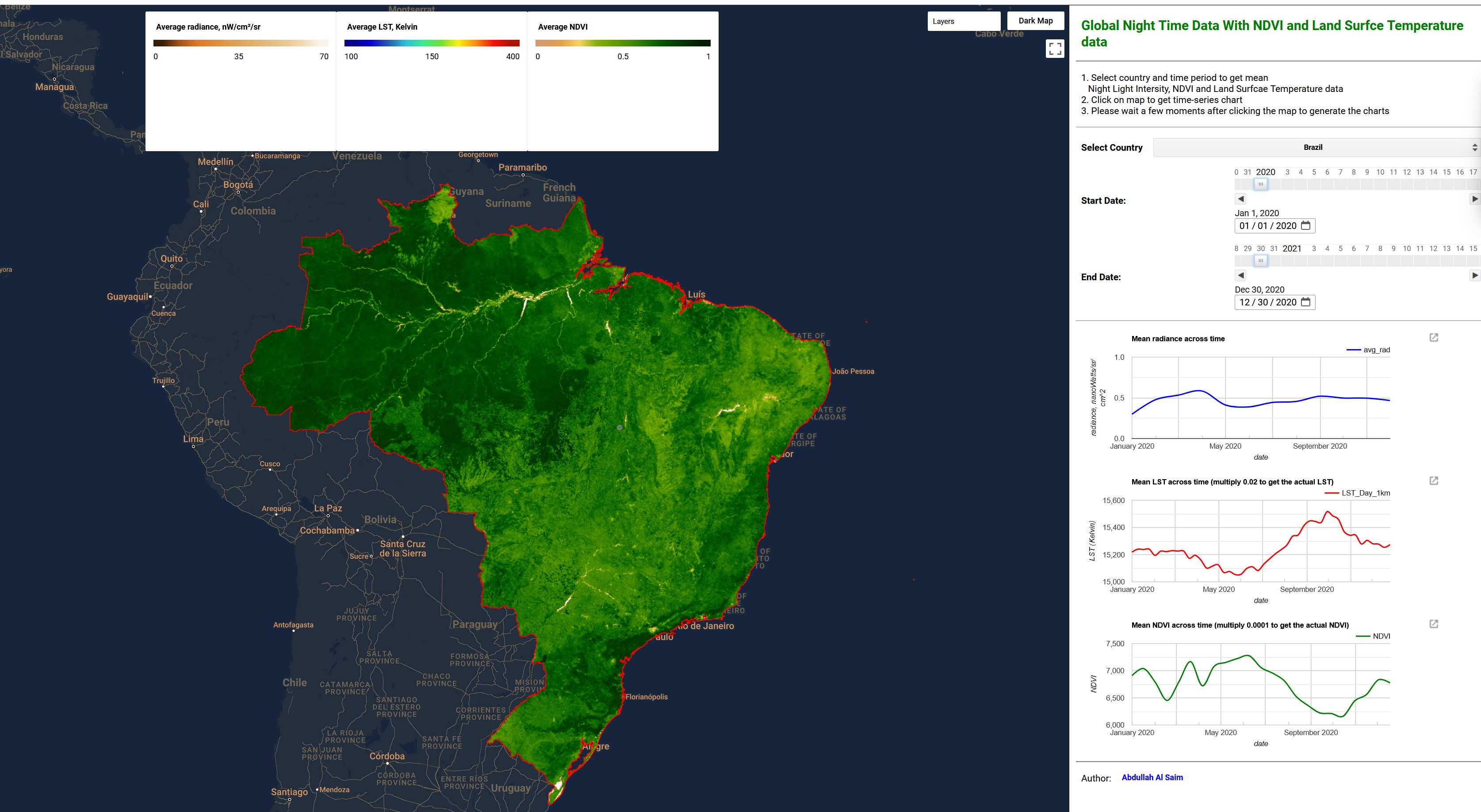Publications
Saim, Abdullah Al, and Mohamed H. Aly. "Big data analyses for determining the spatio-temporal trends of air pollution due to wildfires in California using Google Earth Engine." Atmospheric Pollution Research 15.9 (2024): 102226.
Saim, A.A. and Aly, M.H., 2022, Machine Learning for Modeling Wildfire Susceptibility at the State Level: An Example from Arkansas, USA. Geographies, 2(1), 31–47, Special Issue: Applying Remotely Sensed Imagery in Natural Resource Management, https://doi.org/10.3390/geographies2010004
Saim, A. A., & Rahman, S. H. (2021). Impacts of Climate Change on Dry Season Flow of Gorai River, Bangladesh Using SWAT Model. Bangladesh Journal of Environmental Research, 12, 20–36
Conference Presentations
Saim, A. and Aly, M.H., 2024, Enhancing Tree Species Mapping in Arkansas' Forests through Machine Learning and Satellite Data Fusion: A Google Earth Engine-Based Approach, American Association of Geographers (AAG), Honolulu, Hawaii, April 16–20, 2024.
Saim, A. and Aly, M.H., 2022, Spatio-Temporal Trends of Air Pollution due to Wildfires in California: Inferred from MODIS MAIAC and SENTINEL-5P, Geological Society of America Abstracts with Programs. vol. 54, no. 4, doi: 10.1130/abs/2022NC-374658.
Saim, A. and Aly, M.H., 2021, Modeling Wildfire Susceptibility in Arkansas using GIS-based Multiple Regression and Random Forest, GSA 2021 North-central/South-Central Joint Section Meeting, Springfield, MO, April 18-20, 2021, vol. 53(3), doi: 10.1130/abs/2021NC-362686
Get In Touch
Let's connect! Whether you have questions, feedback, or collaboration ideas, I am all ears.
Drop me a message via the contact form or connect on LinkedIn. I look forward to hearing from you!
